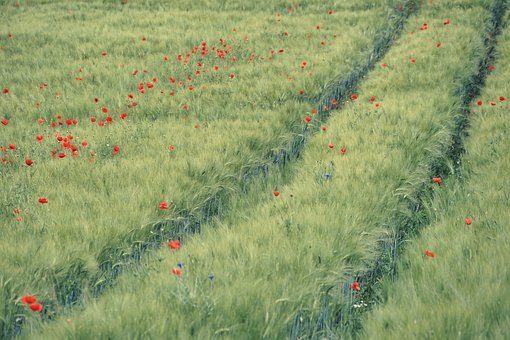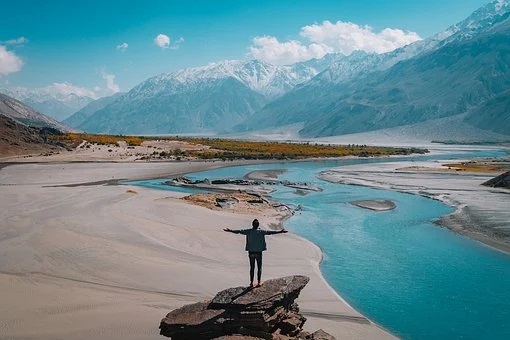The Vajrayana not only expounds many practices which have swift and useful effects, but also imparts various elaborate and concise practices, some of which are rather simple. This doesn’t mean their content is incomplete, rather, its method is quite simple. Through practicing with such simple methods, one can obtain ideal effects, this is referred to as pith instruction in the Vajrayana.
~Depicted from LUMINOUS WISDOM BOOK SERIES










